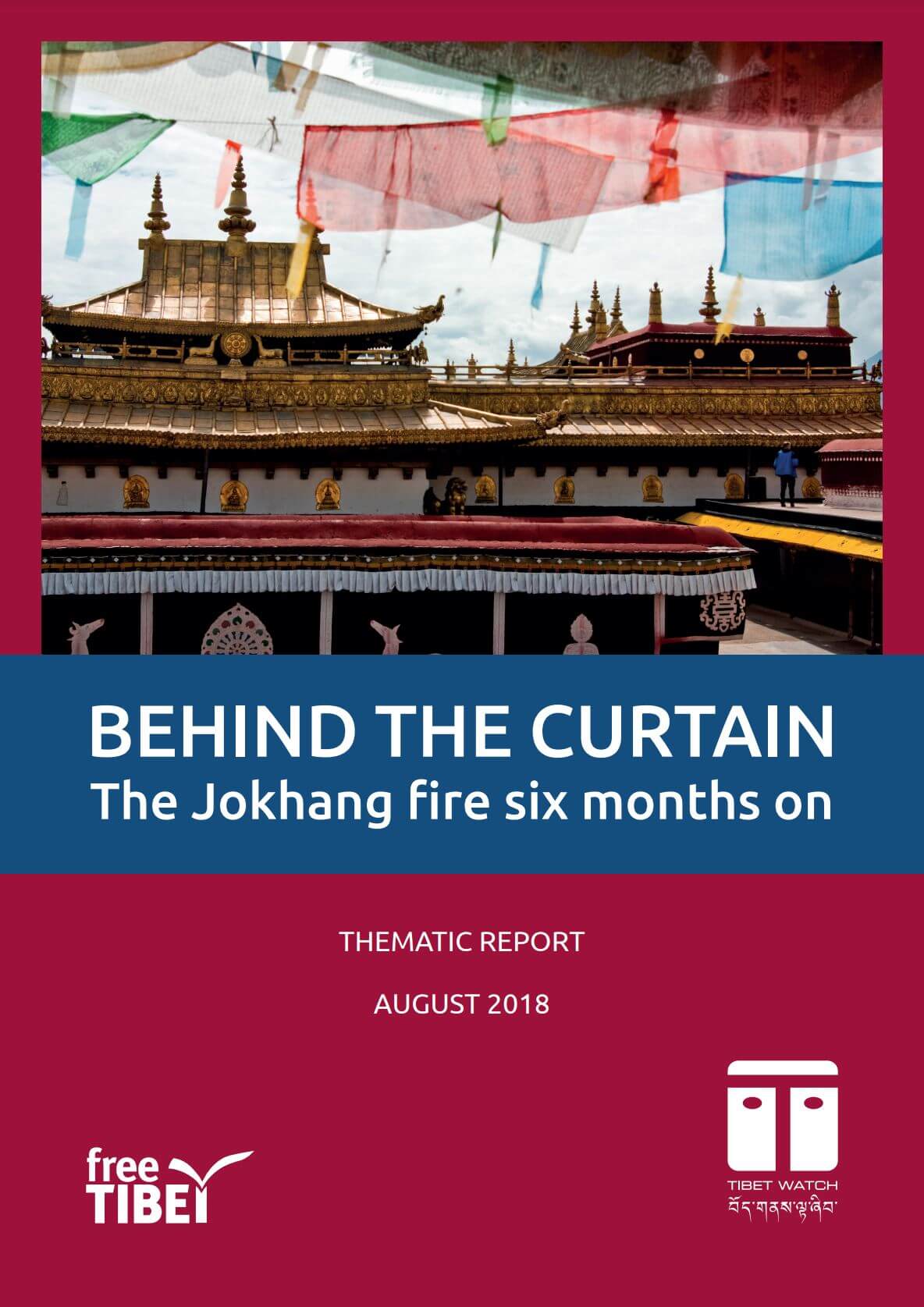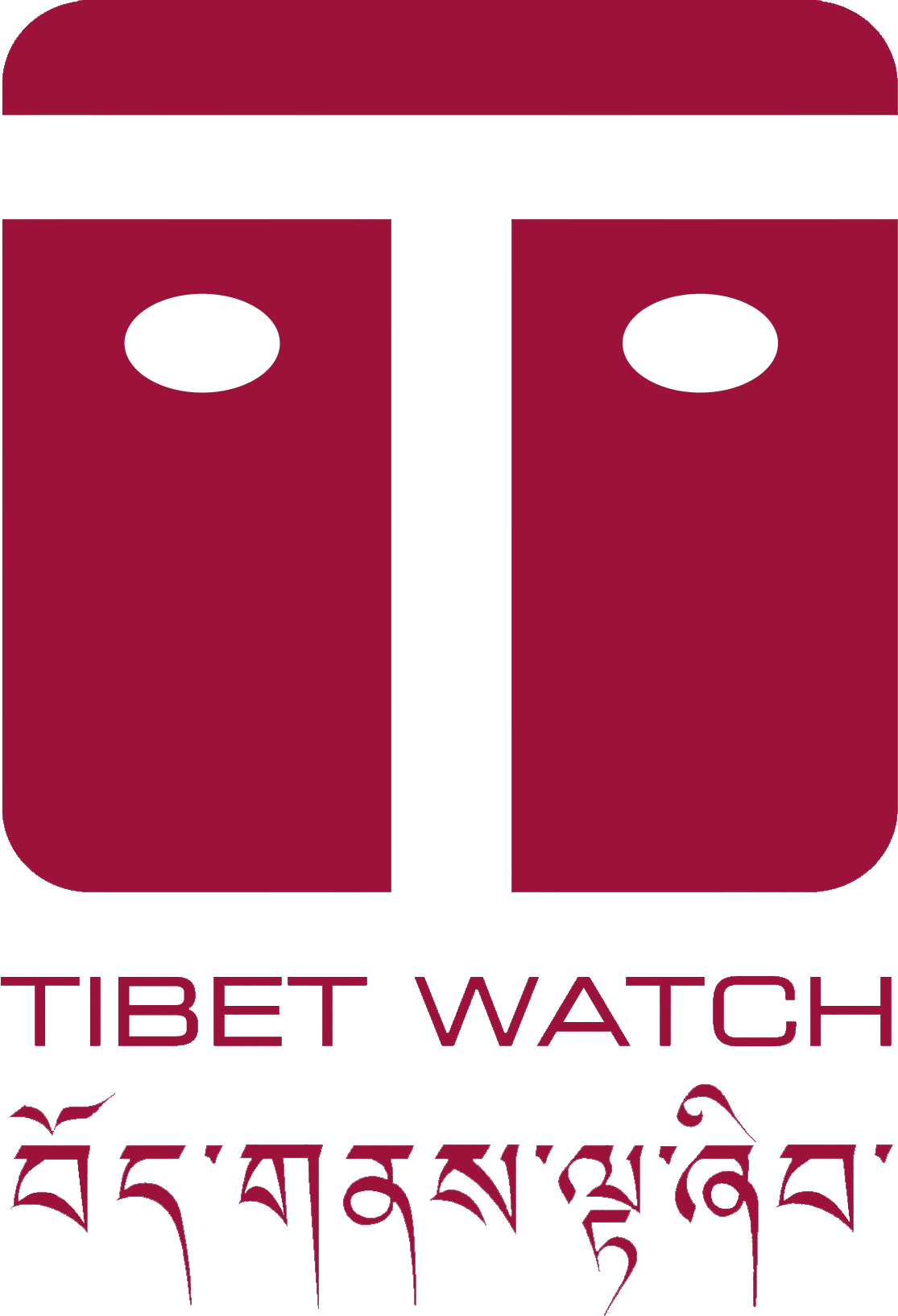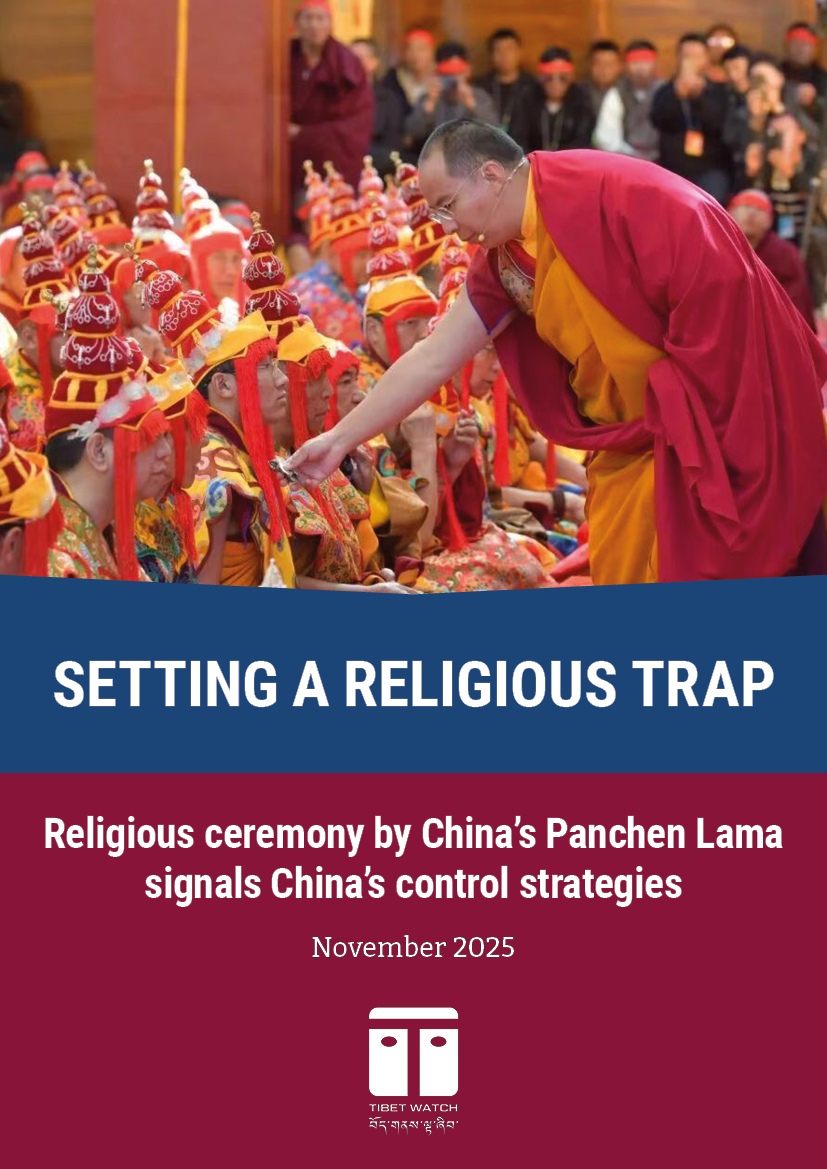
Background
On the evening of 17 February 2018, a fire broke out at the Jokhang Temple in the centre of old Lhasa. The blaze was captured on camera and made international news. It also raised fears of serious damage to the Jokhang, one of the most revered sites in all of Tibetan Buddhism.
Despite the seemingly clear evidence of the fire, the events of that evening quickly became contested, with a range of competing claims over the location of the fire and its effects on the Jokhang. Information about the incident was quickly suppressed by the Chinese authorities and has been restricted ever since, apparently in the hope that the official narrative would be adopted: that there was a fire, but it was quickly contained and that no lasting harm was caused to the site or any of the historical and cultural artefacts within. In practice, the secrecy around the fire and its aftermath has served to sow further doubt.
This short investigation, six months after the fire, brings together the details that we do know, including satellite imagery of the Jokhang a week after the fire, which appears to show extensive damage to the site. This investigation also gathers concerns about the attempts to cover up the extent of the damage and allegations that restoration efforts may have caused further harm to the site.
In the meantime, there has been no clarity from authorities over the condition of the Jokhang and its relics. These concerns, and the lack of reliable information from the Chinese authorities, emphasise the need for an impartial outside investigation to the Jokhang to assess the damage and ascertain what measures need to be taken to protect or restore the site. They also provide yet another indictment of China’s policy of maintaining Tibet as one of the most closed and heavily-restricted places in the world.


